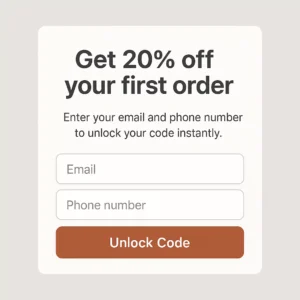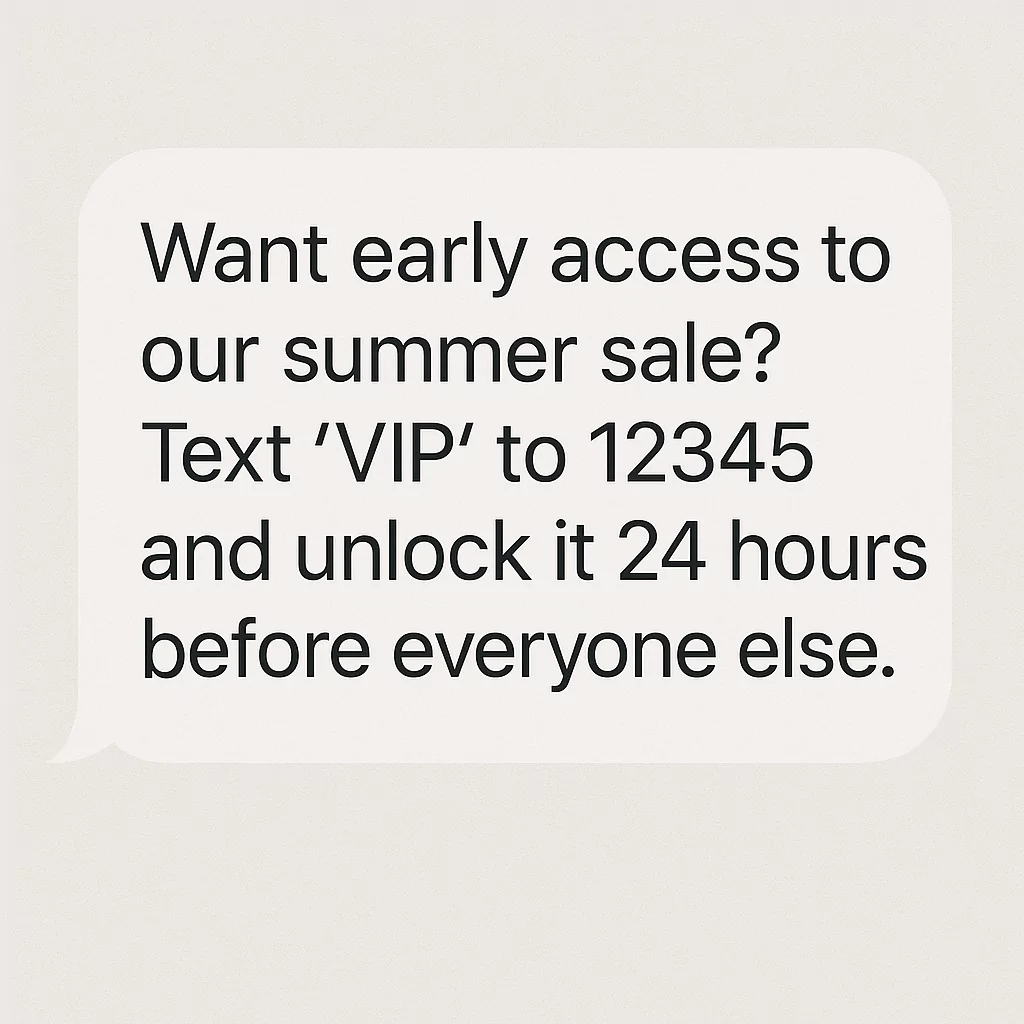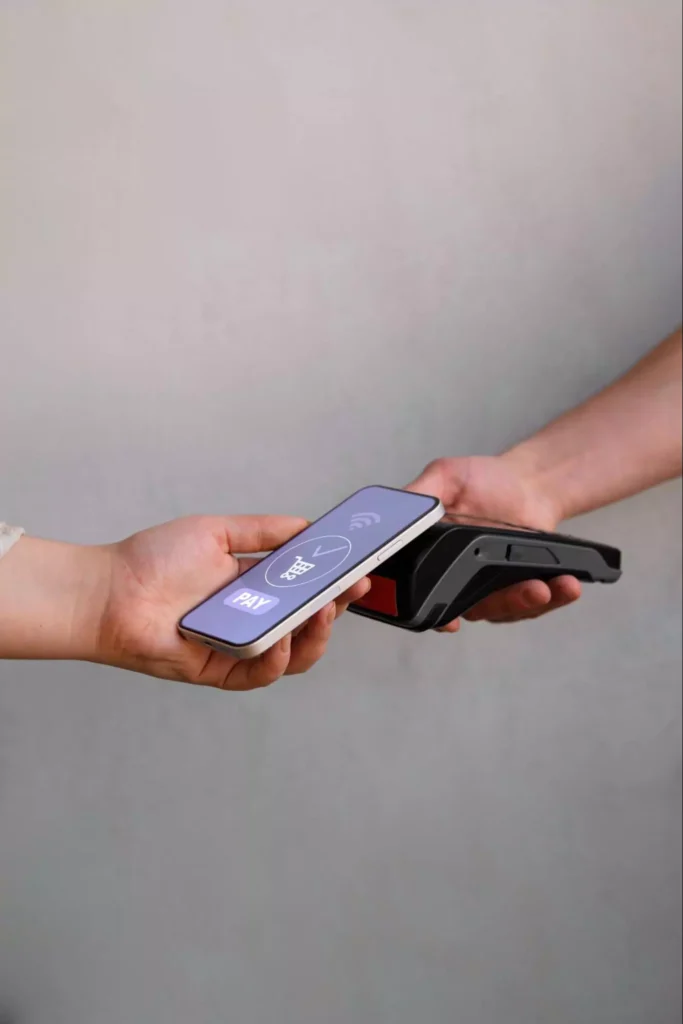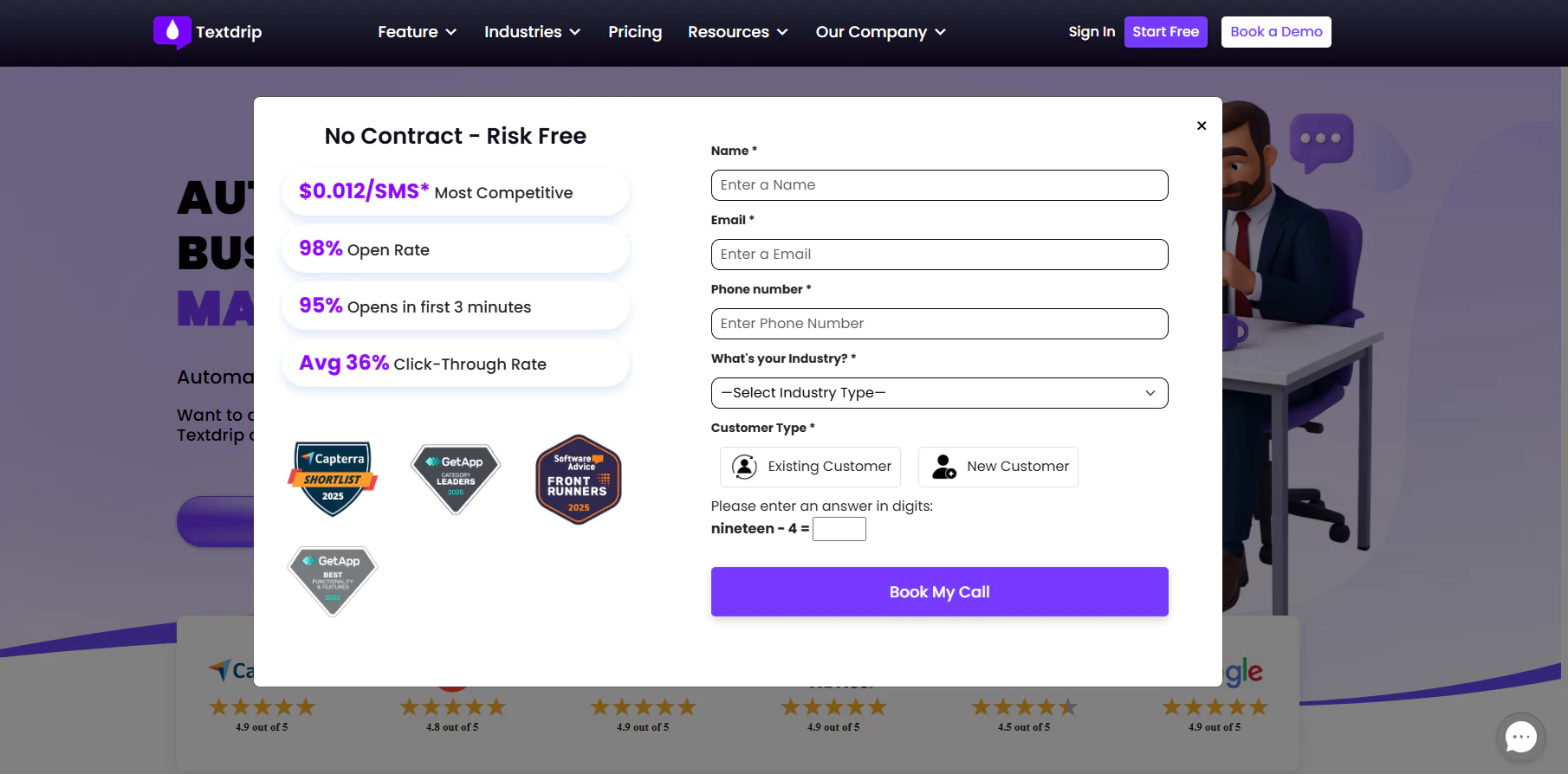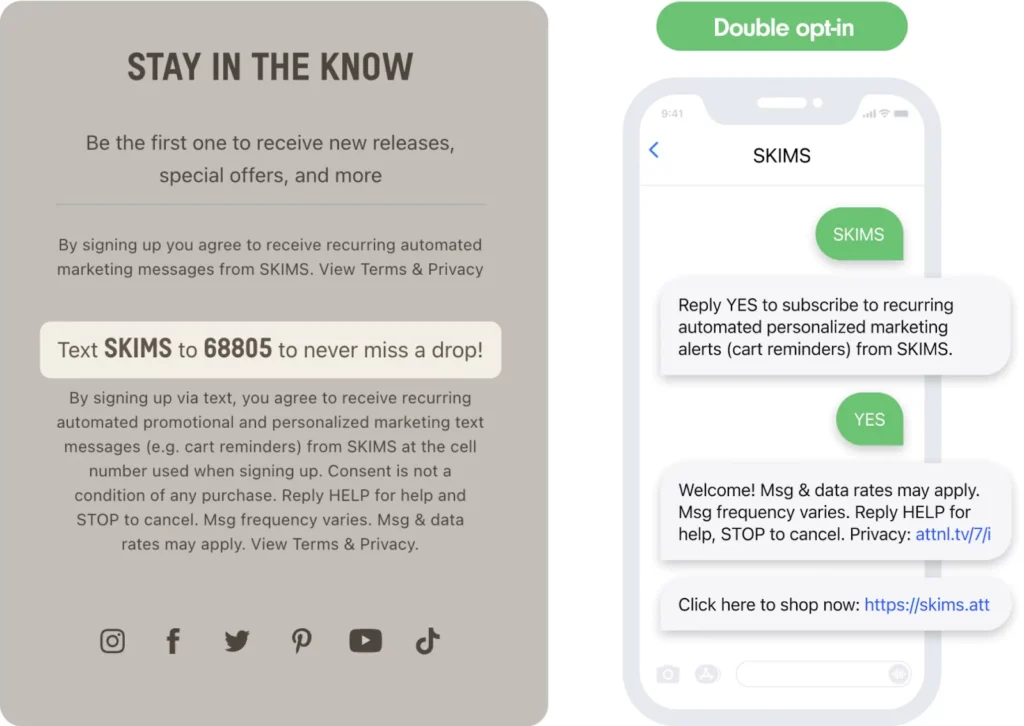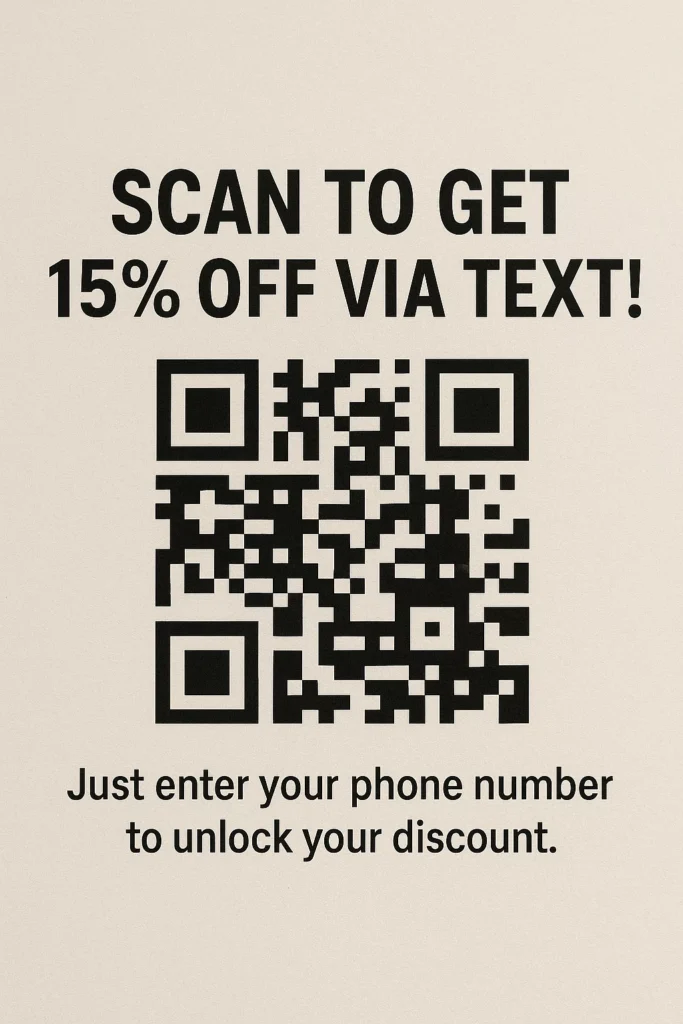What’s the one thing every growing business needs to connect directly with its audience?
Not only do you need more visitors and followers, but you need direct contact with real conversations. And that starts with the correct contact information, particularly cell phone numbers.
If you are now asking how to get cell phone numbers for your business. you’re not alone. The hardest part is getting people to share their number willingly when privacy is so important.
The good news? There are smart, honest, and proven ways to get people’s cell phone numbers.
In this guide, you will learn how to get cell phone numbers through seven different methods that work! No matter if you are brand new and starting your list, or you want to grow it quickly, these techniques can help you to build trust, stay compliant, and transform contacts into repeat clients.
Why You Need to Obtain Cell Phone Numbers for Your Business?
Every business needs cell phone or Landline numbers to establish instant personal communication with customers through text messages and phone calls. Any business that wants to expand its operations must obtain cell phone numbers. Your organization can establish various strong communication channels through direct access to your audience.
The effectiveness of your promotional SMS messages and telemarketing efforts depends on having accurate phone numbers. Phone numbers provide direct customer engagement through voice or text communication which boosts your chances of establishing meaningful connections.
The open rate of SMS messages exceeds 98% while calls receive immediate attention from recipients. Both texting and calling serve as essential tools for generating leads and making sales and providing customer service.
The process of obtaining phone numbers for direct customer interaction requires understanding that cell phone numbers enable multiple communication channels which enhance marketing and sales flexibility.

